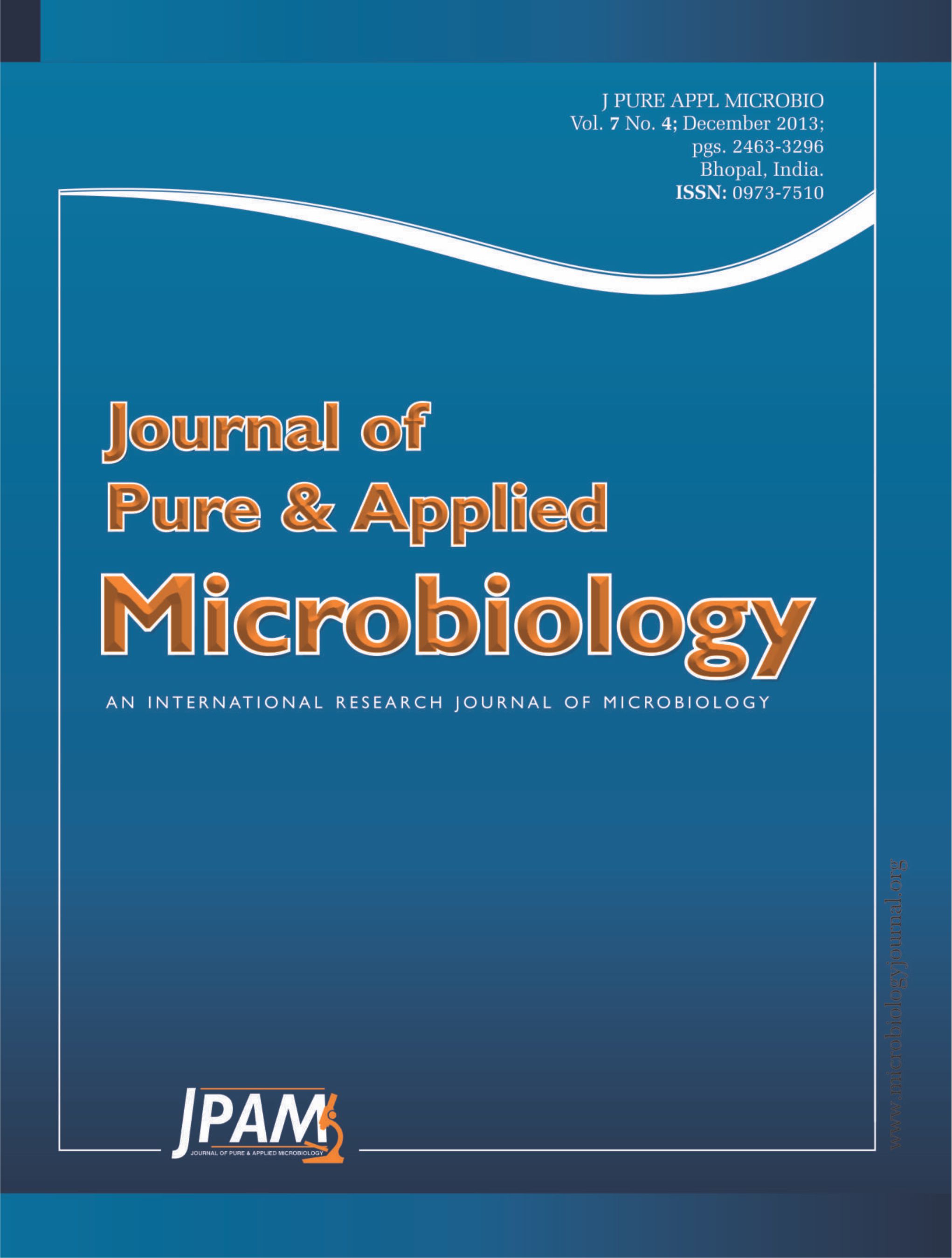Lactic Acid Bacteria (LAB) are widely distributed in nature and occur naturally as indigenous micro flora in raw milk, yoghurt, etc. They are gram positive bacteria that play an important role in many food fermentation processes. During of 2011 and 2012, a total of 50 yoghurt samples were collected from different parts of Guilan province (Northern Iran). The samples were collected in sterile universal tubes and kept cool until they could be taken to the laboratory where they were kept at 4°C for further use. The samples were aseptically weighed and homogenized. From each sample, a 1:10 dilution was subsequently made using peptone water followed by making a 10 fold serial dilution. The 0.1 mL from each dilution was then sub cultured, in duplicate, into the M17 and MRS agar used for isolating LAB Strains with gram positive and catalase negative reactions were finally used for further identification. As many as 17 gram-positive non-spore-bearing bacilli were identified, of which 4 strains (Lactobacillus acidophilus, Lactobacillus plantarum, Lactobacillus casei and Lactobacillus brevis) produced the highest tolerance against acid, tolerance against bile salts as well as antimicrobial properties.
Traditional Yoghurt, Lactobacillus, Antimicrobial Properties, Probiotics, Northern Iran
© The Author(s) 2013. Open Access. This article is distributed under the terms of the Creative Commons Attribution 4.0 International License which permits unrestricted use, sharing, distribution, and reproduction in any medium, provided you give appropriate credit to the original author(s) and the source, provide a link to the Creative Commons license, and indicate if changes were made.


